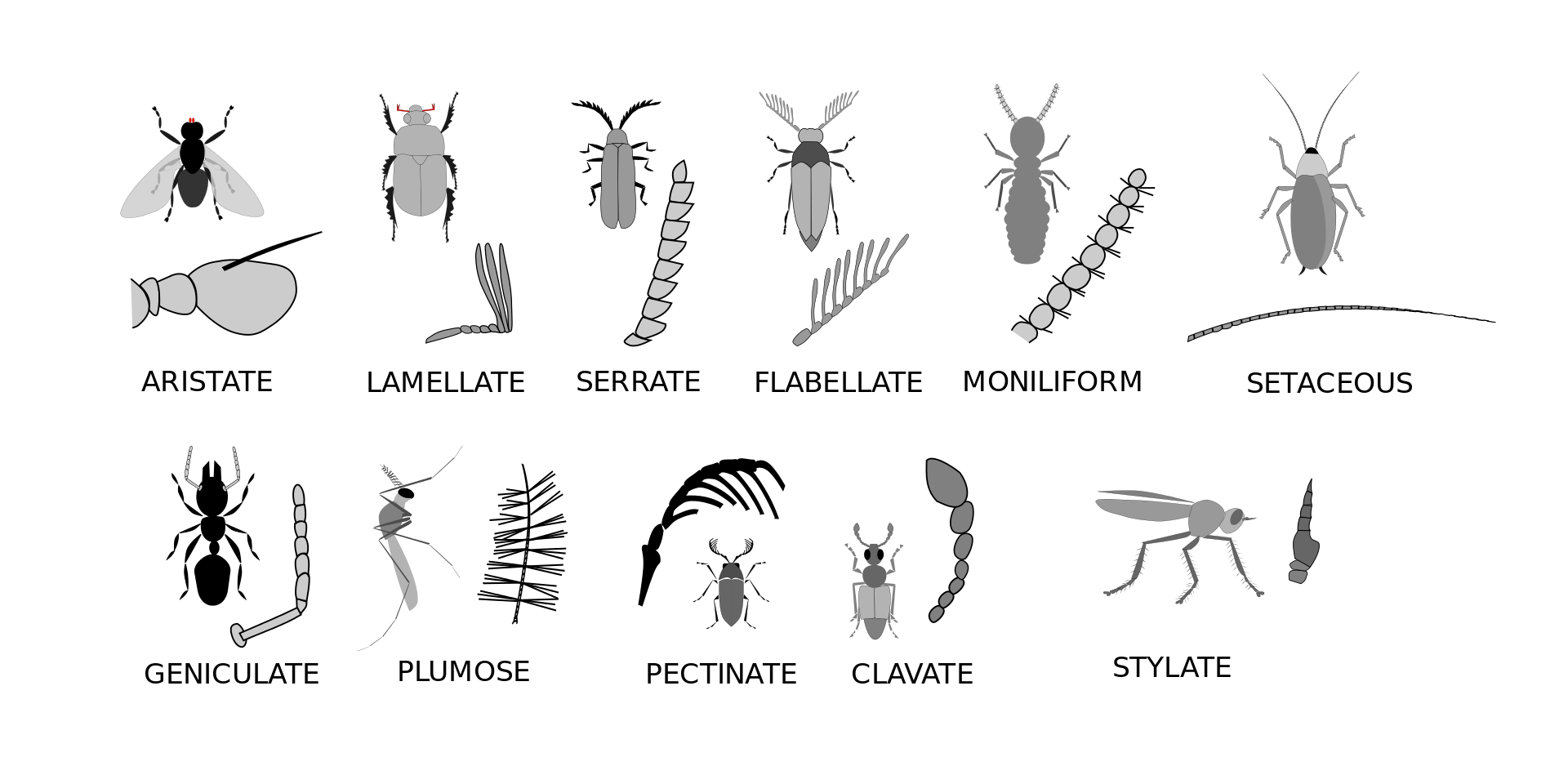In the context of species (insects, reptiles, fish, etc.) It is the sensory feel on the head of an arthropod, which is present in pairs. It can be sensitive to sound, heat, touch, and also taste. The shape of the antennae depends on the species of the animal and how they have developed it over time since their origin. The shape and length of the Antenna vary widely in form, but they are always made of one or more jointed segments.
The Structure of an Antenna
The structure of a typical insects’ antenna contains three primary parts. They are:
- The scape or scapus (base)
- The pedicel or pedicellus (stem). – It contains the “Johnston's organ” which is a collection of sensory cells.
- The flagellum – This often comprises many units known as flagellomeres.
The function of an Antenna
Antenna are typically sensory organs of insects or animals. While they are used primarily to sensing touch, heat, motion, vibration, smell, or taste, the precise purpose of what and how insect sense is not the same in all groups. In general, the function of an Antenna includes sensing touch, motion, vibration, heat, smell and taste.
Pictures of Antenna

[Photo credits: https://en.wikipedia.org/wiki/Antenna_(biology)]
